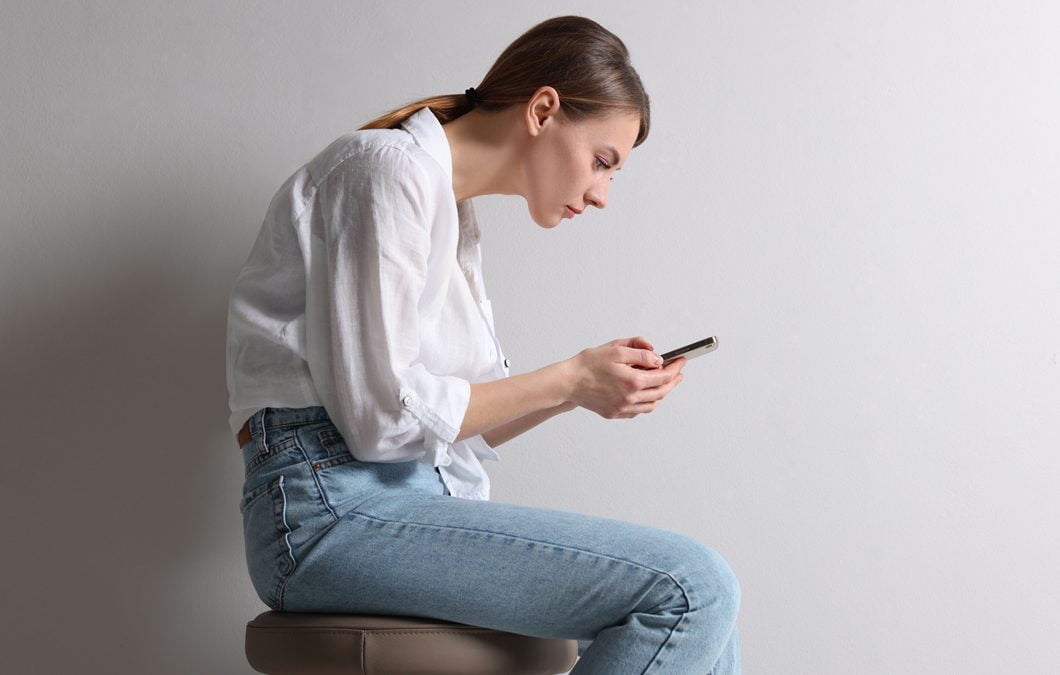
Alexander Technique and Posture
Achieve Better Posture with the Alexander Technique
Who wouldn’t like great posture? After all posture reflects who we are, our mood, our intention, how attractive we are, our energy, our drive. Posture is a powerful statement of our health and wellbeing. So of course you’d like to have great posture. There are many ways that claim to improve a person’s posture. Most have in common the use of strength, force or effort to bring about positive change.
“The term “posture” means the position of the body in space. It indicates the position of the body in space and has the purpose of maintaining the body in balance, during the dynamic movements and the stasis. Several factors contribute to the posture, including neurophysiological, biomechanical and psychoemotive factors, linked to the evolution of the species” 1.
When we consider all the ingredients involved in posture it is a complex interplay of many of the body’s systems working in a synchronous way to provide contextually appropriate balance at any given moment. Simple exortations to stand up straight or to strengthen muscles may not provide a systemic remedy to poor posture.
Alexander Technique provides an approach to improvement that is based on the observation that human functioning is psycho-physical, extremely complex and organised at every level of our being.
Alexander observed a leverage point within the complexity of our human functioning. He called that leverage point the “Primary Control for Coordination of the Human Individual.” He described how use of that leverage point could determine whether the thousands of internal and external events, within our human biology in an activity, would appear unified or conflicted.
For many years, Alexander Technique teachers have been assisting people to find and utilise that primary control for themselves, within a diverse range of activities. It is only one of a number of extraordinary discoveries that Alexander made about human functionality. Alexander Technique teachers intimately know of all the discoveries that Alexander made. We bring them to bear so that you can experience extraordinary organisation in your human biology and learn to apply them for yourself.
Easy elastic uprightness
Alexander Technique is the only posture improvement method that uses your muscle’s natural tonus to release your inbuilt elastic uprightness. Dancers have it, elite sports people have it, martial artists have it, great actors have it. Easy elastic uprightness is another expression for great posture. It is very likely that you, at one stage of your life, had easy elastic uprightness. Then you went to school.
There is no correct posture.
There is no correct posture. Our posture has to be contextual, adaptive, flexible. There are times where standing up straight will make us look stiff, awkward or out of place. What many people label “bad posture” is actually “fixed posture”. Fixed posture is often uncomfortable, awkward, unattractive. Fixed posture requires a lot of muscle effort. Some people use so much tension that it crushes their spine into a dramatic curve, like the woman in the photo above.
Harmful effects of fixed posture
When your muscles work so much that they crush your posture to the point that you are hunched over, or pushed out or pushed back then it is likely that your wellbeing is being diminished. Those tight muscles constrict easy flow of blood, they hold onto harmful chemicals like lactic acid and they stimulate production of cortisol-the stress hormone. They also restrict breathing, digestion and impair easy balance and uprightness. Poor posture not only looks bad it is bad for us.
Working in front of computers
People often comment that you have to have good posture when working at computers. There is some truth to that statement. Poor posture at a computer can put lots of physical pressure on you. It can introduce twist into your arms and hands. The three main ingredients for Occupational Overuse Injury are constraint, repetition and twist. It’s important to take time to set up your workstation to minimise twisting movements. Have a good office chair that is fully adjustable. Set your screen up high on a riser. Use a mouse pad. Have a look at this government guide for Office Safety for more ideas on setting up your office safely. Officewise
Learn Alexander Technique for easy elastic upright posture.
Elastic upright posture calls for very free, easy muscles. For most of us we have to learn ways to free up our fixed muscles. One of the brilliant learning outcomes of Alexander Technique is that our students can determine if their muscles are fixed or free and then they are able to use new skills to help muscles let go.
Alexander Technique learning is both somatic (hands on-learn through activity) and cognitive (understand the process). This powerful style of learning means that you not only learn from your guided experience with an Alexander Technique teacher but you continue to learn at home, at work and in real life scenarios.
The Alexander approach is unique because it brings a model of balance and uprightness that is not reliant on muscle effort, will power and tight muscles to make you feel easy, upright and great.
Easy posture is your birthright.Posture that looks great and which can be sustained all day long is merely a phone call away. Give Michael a call on 0448406881 and organise a first lesson. You will begin to recognise an easier and happier you reflected in an elastic upright posture that can be sustained all day in many situations.
1.Carini F, Mazzola M, Fici C, Palmeri S, Messina M, Damiani P, Tomasello G. Posture and posturology, anatomical and physiological profiles: overview and current state of art. Acta Biomed. 2017 Apr 28;88(1):11-16. doi: 10.23750/abm.v88i1.5309. PMID: 28467328; PMCID: PMC6166197.
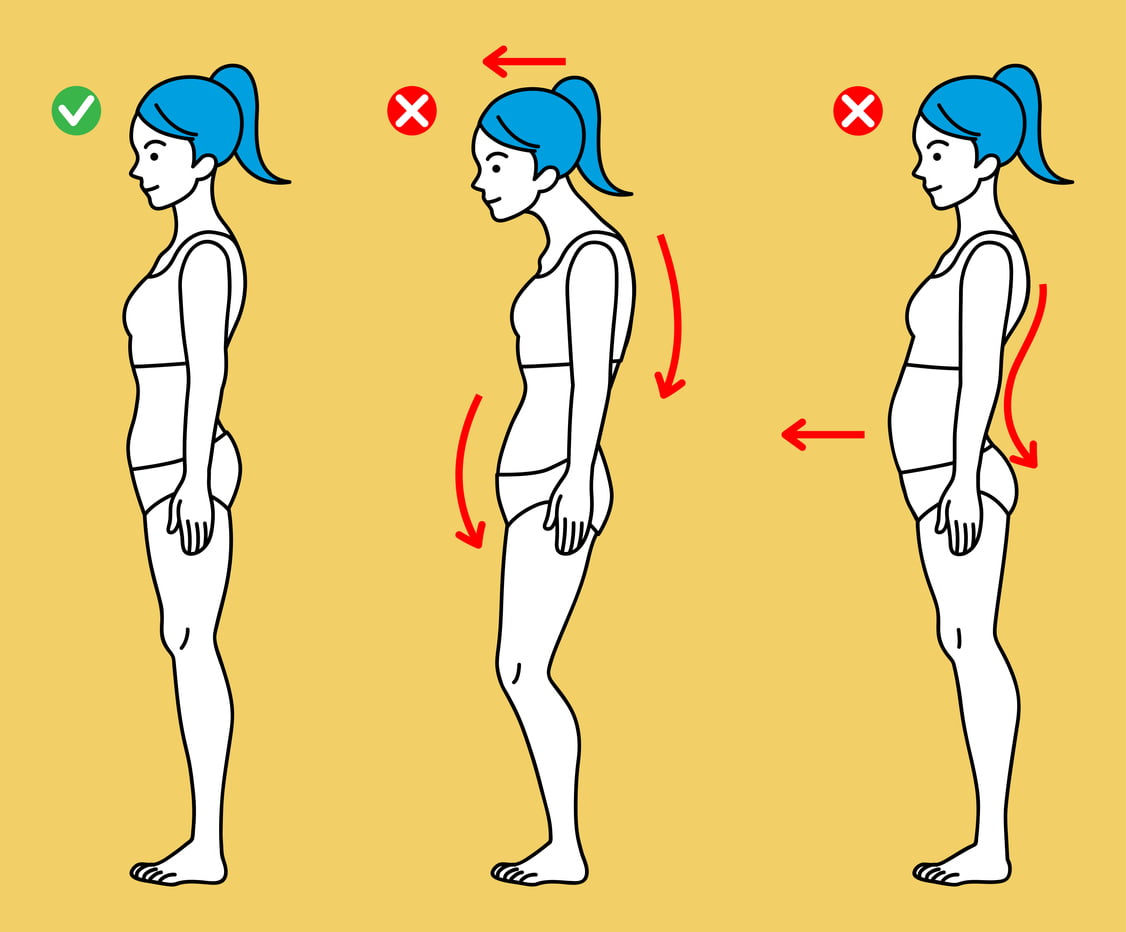
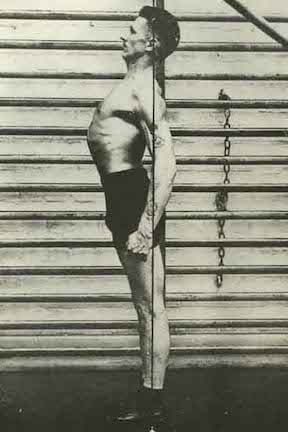
What most think of as good posture is not good posture. It’s effortful and fixed.
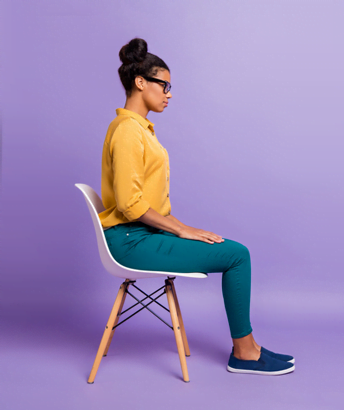
Why not be easily elastically upright, even sitting in a chair? Rethink your idea of posture and that fixed formula of pain with Alexander Technique.
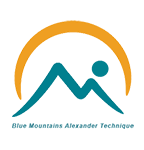
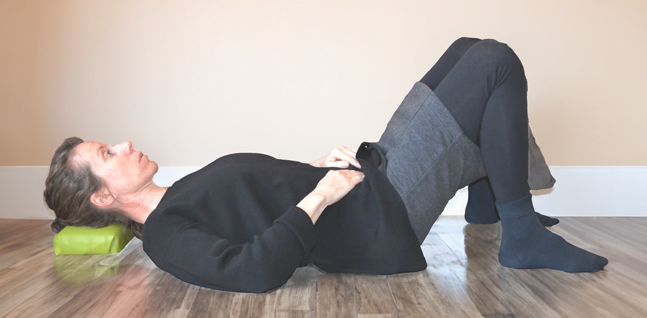
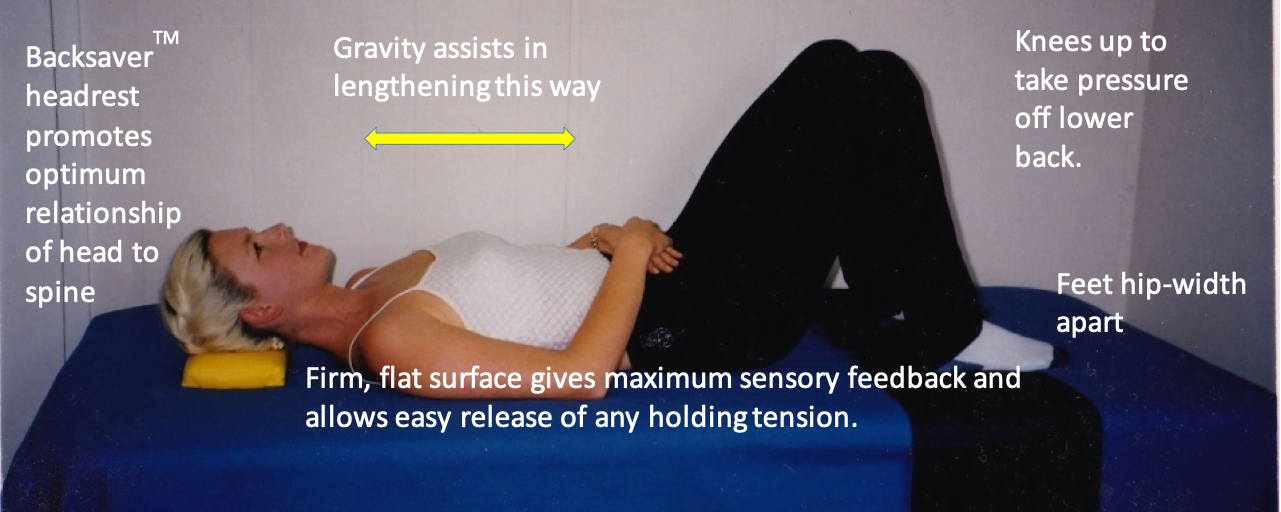
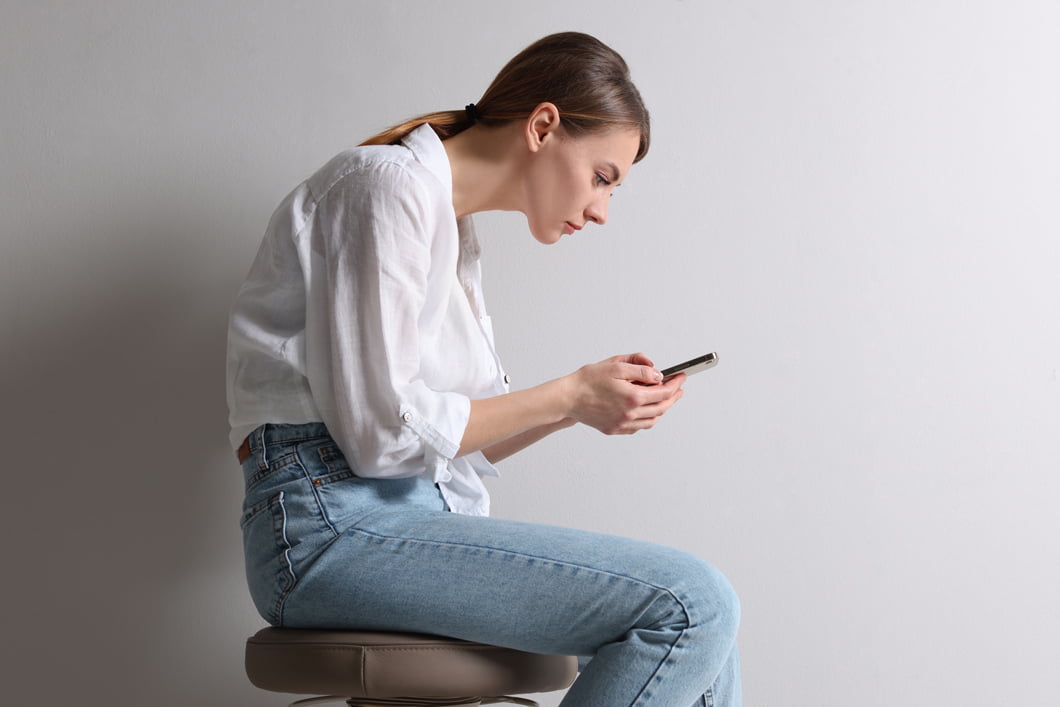



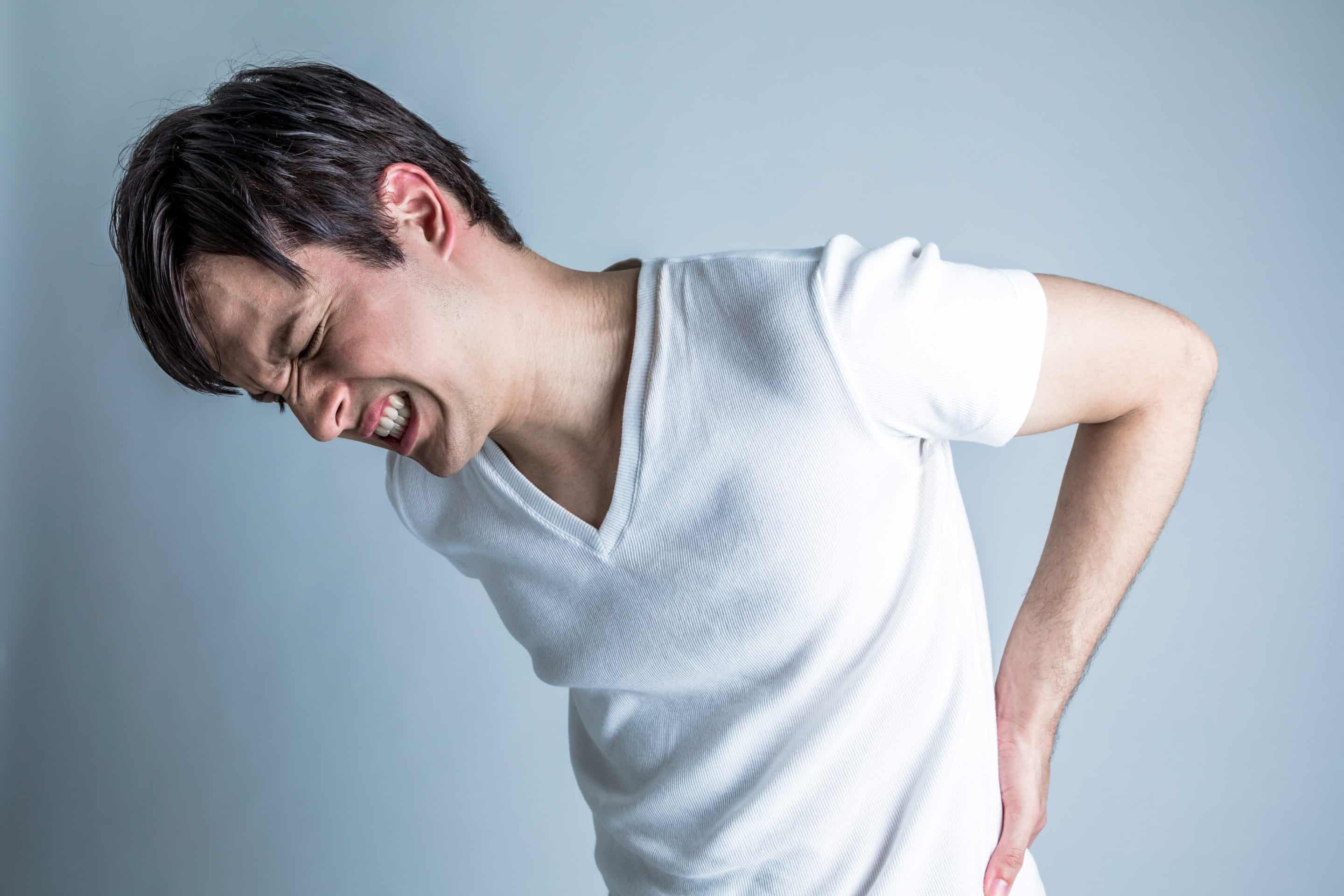
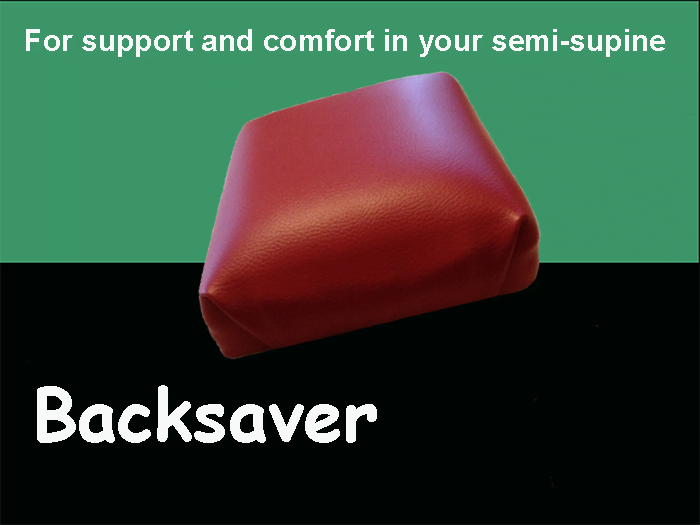

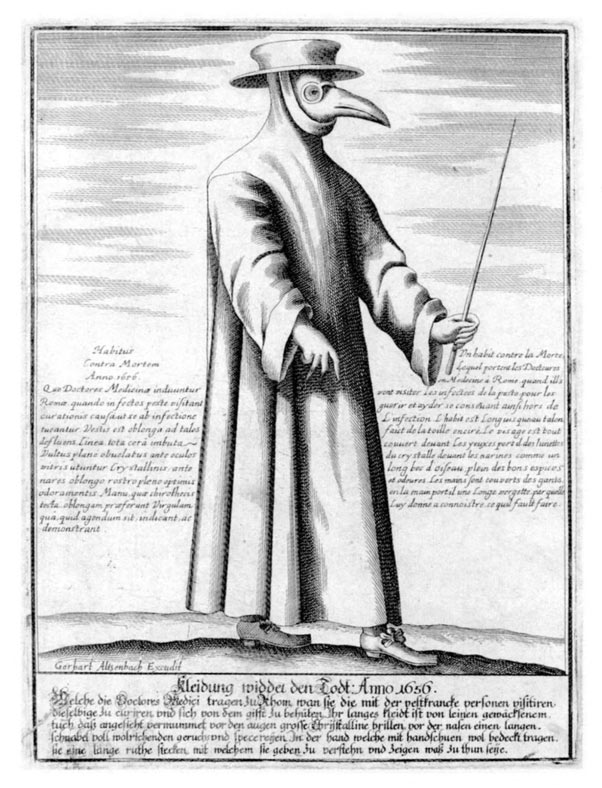
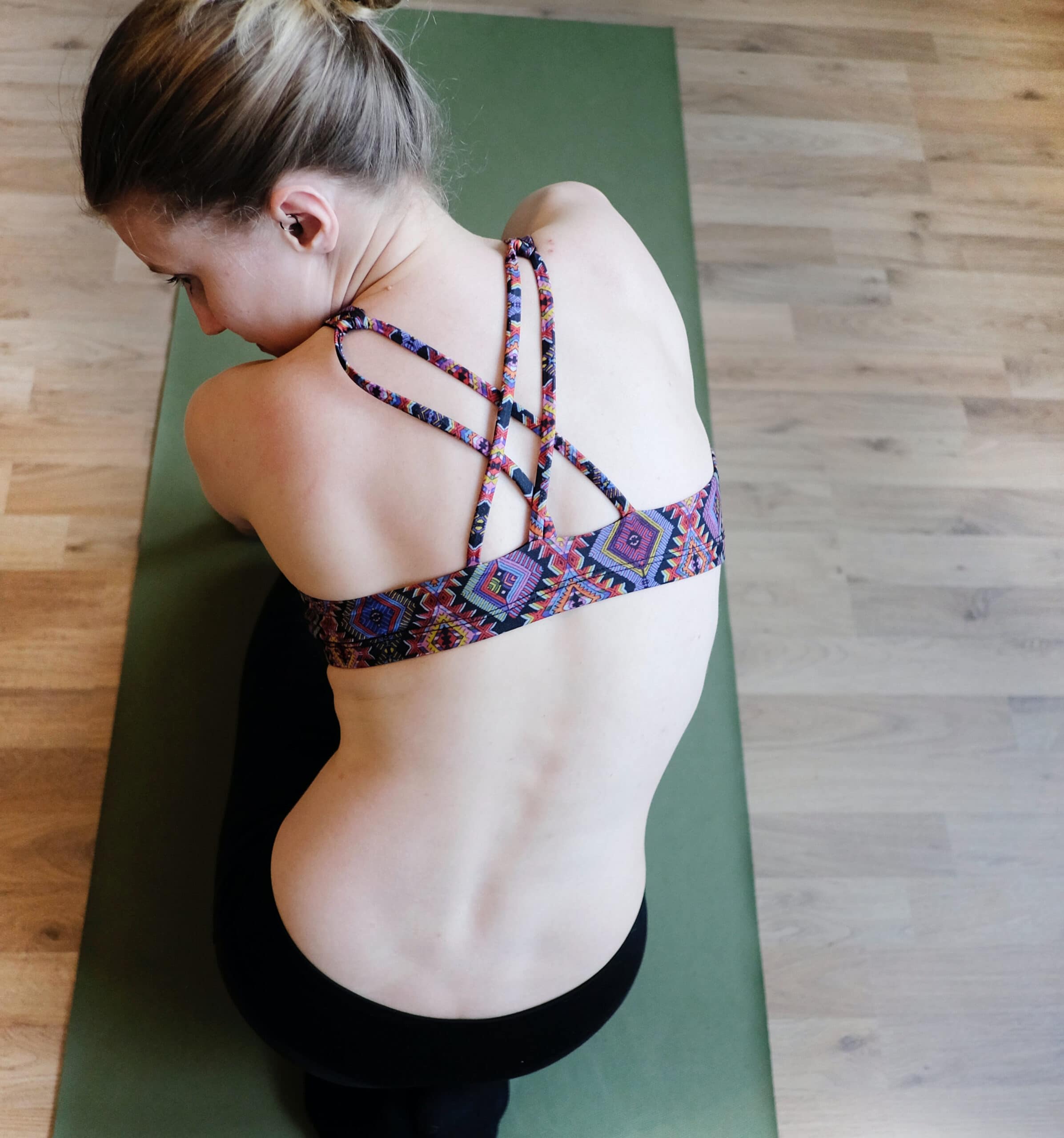
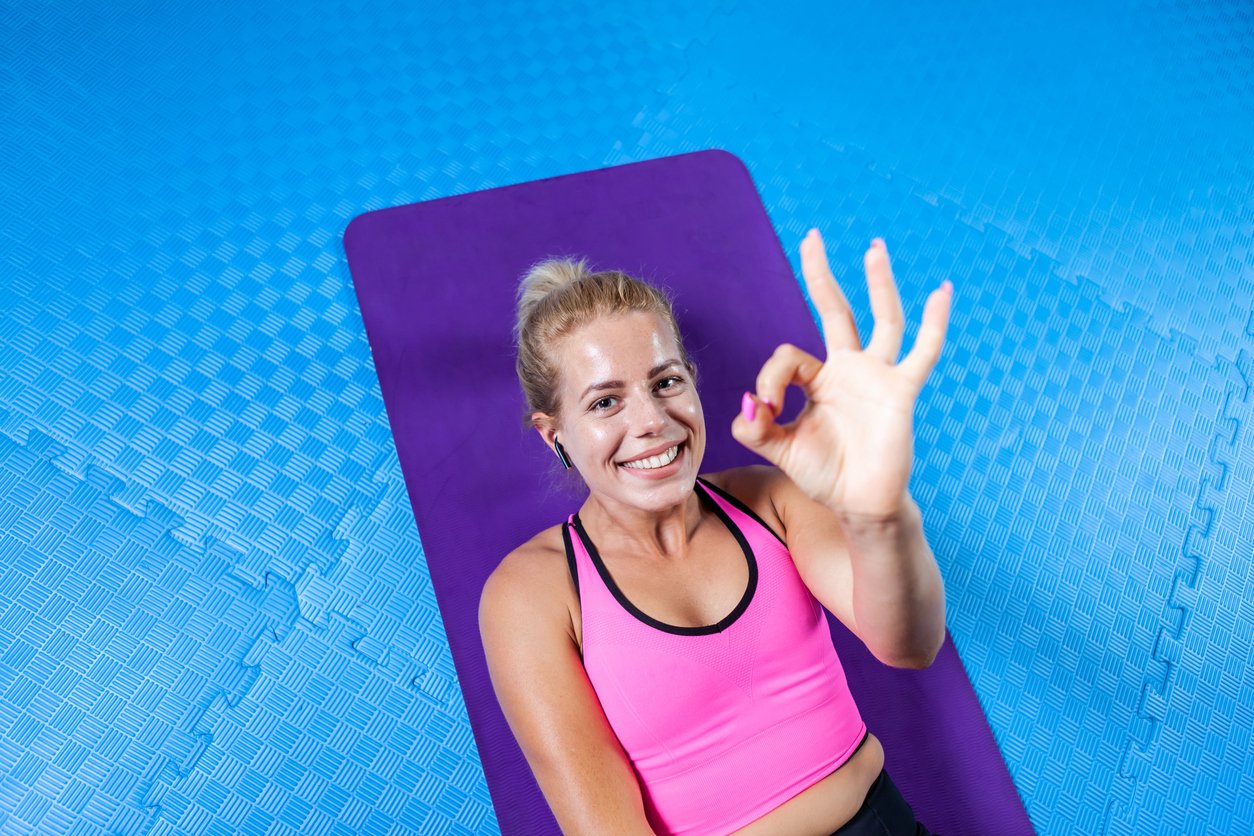
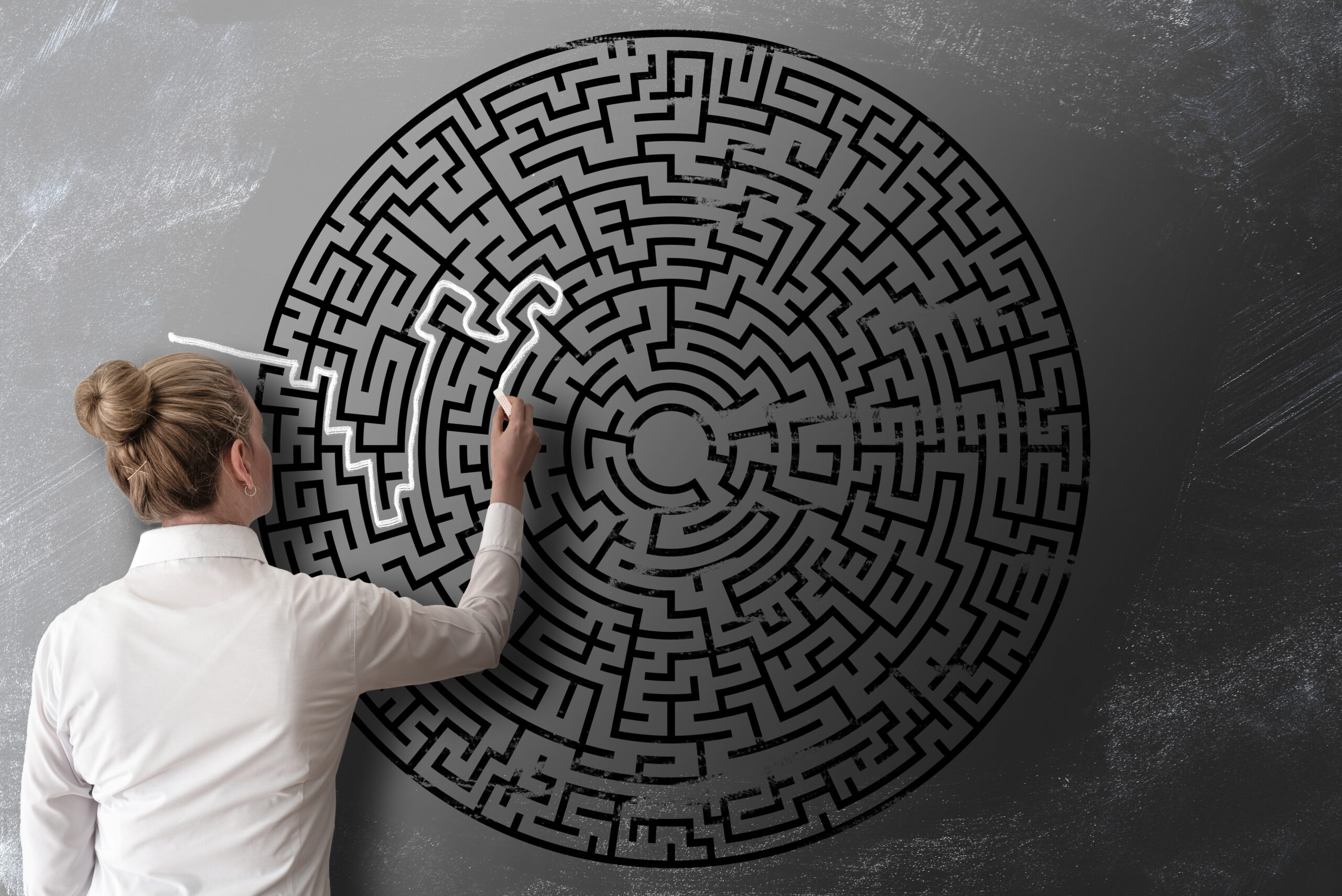
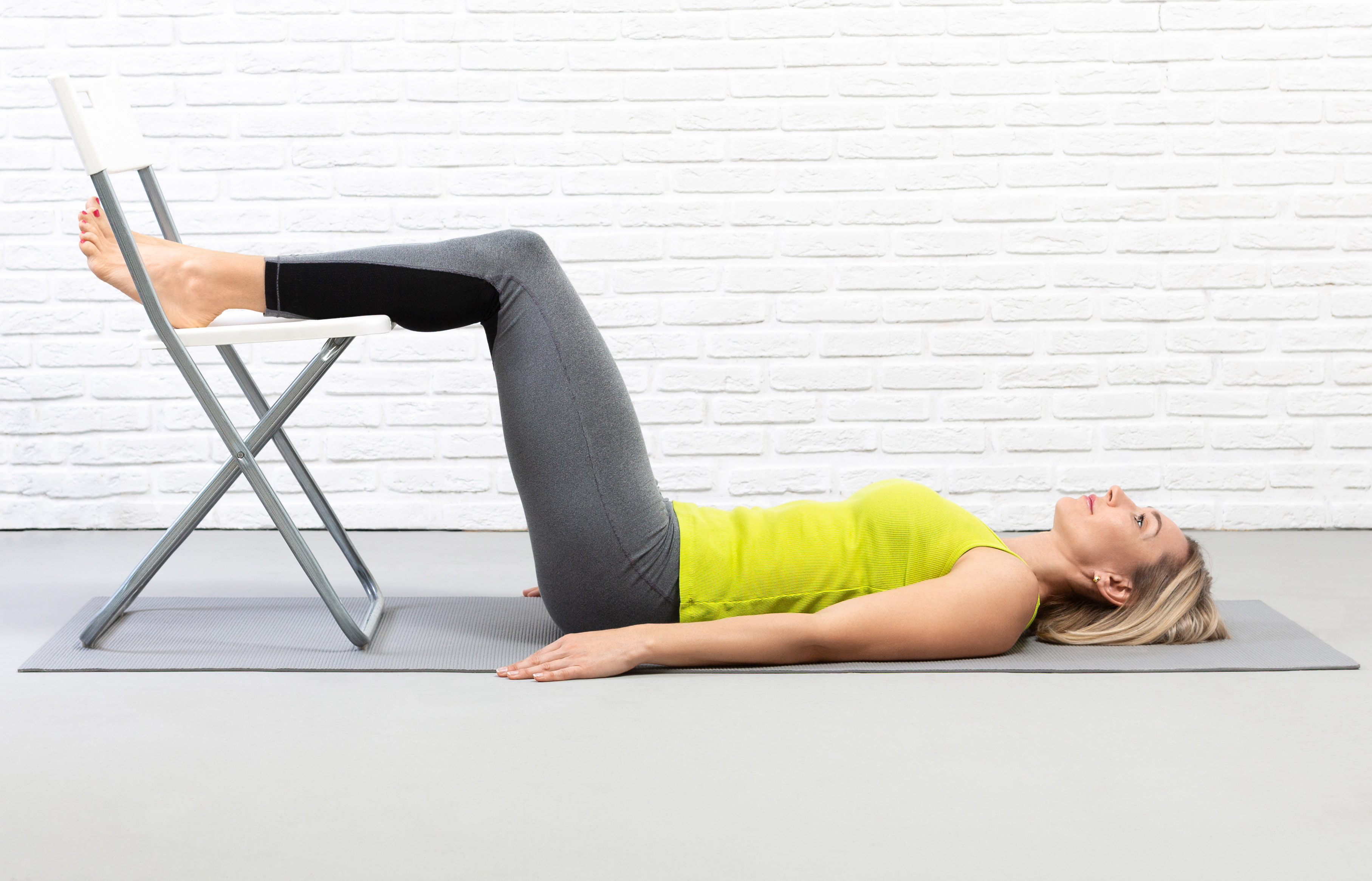






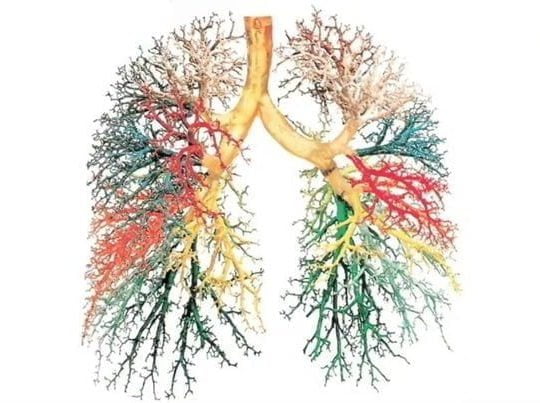





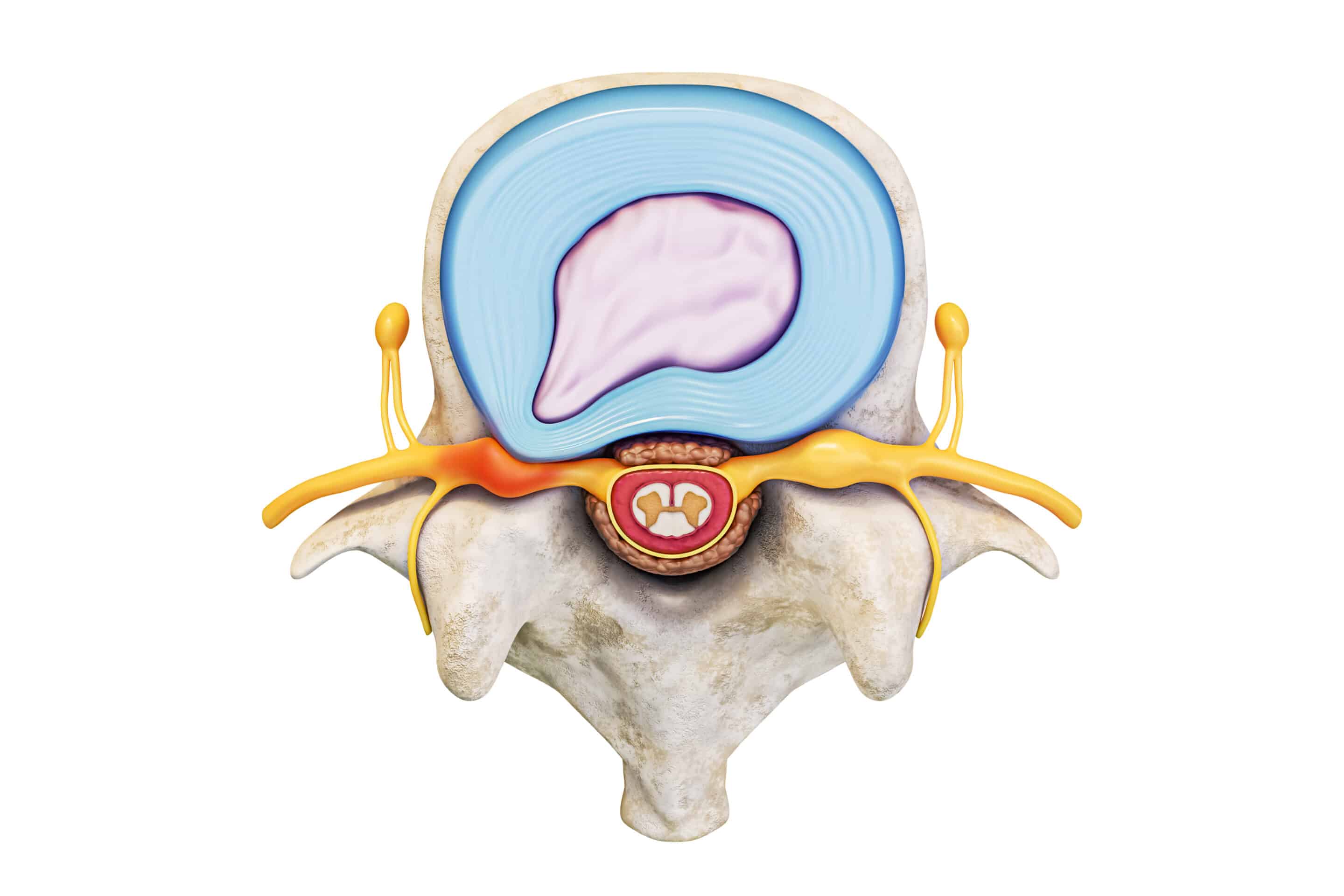

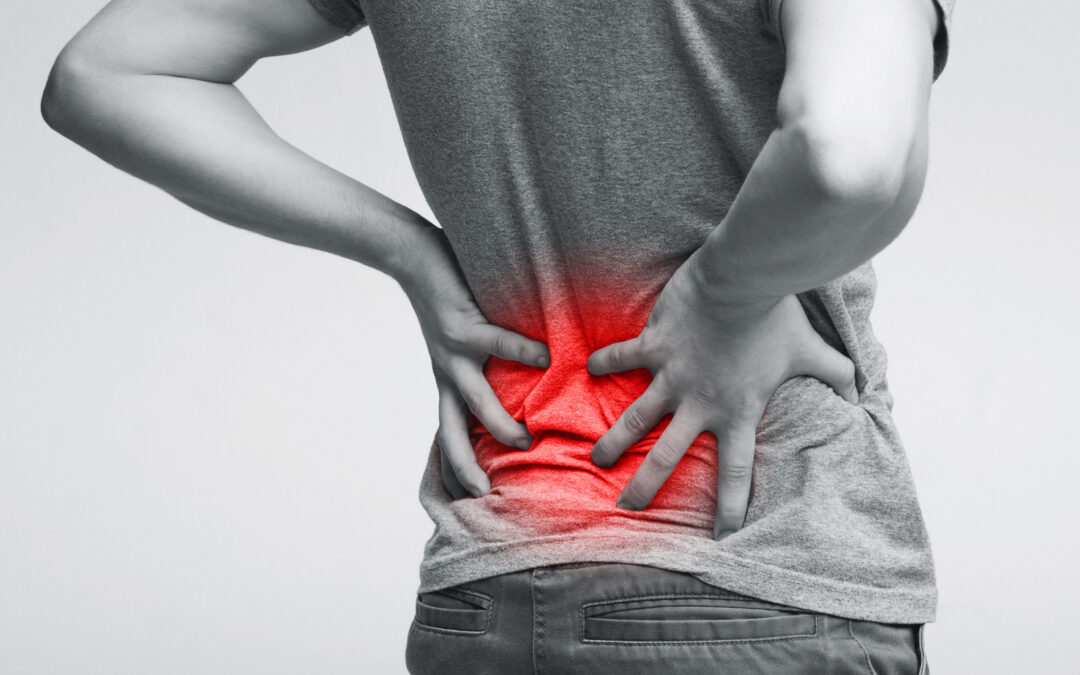
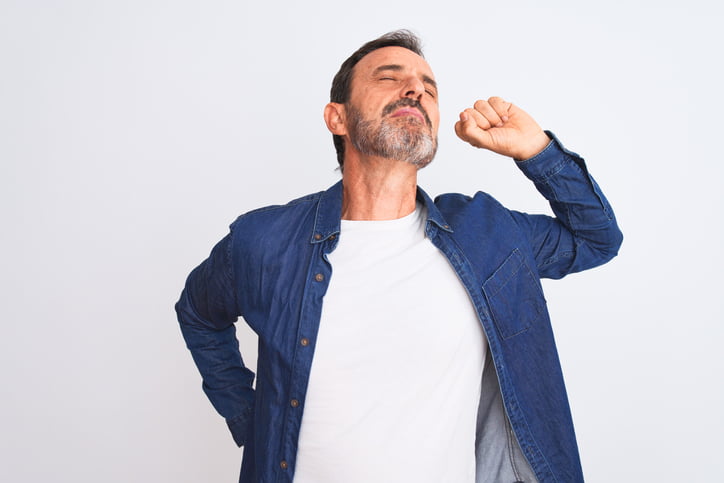



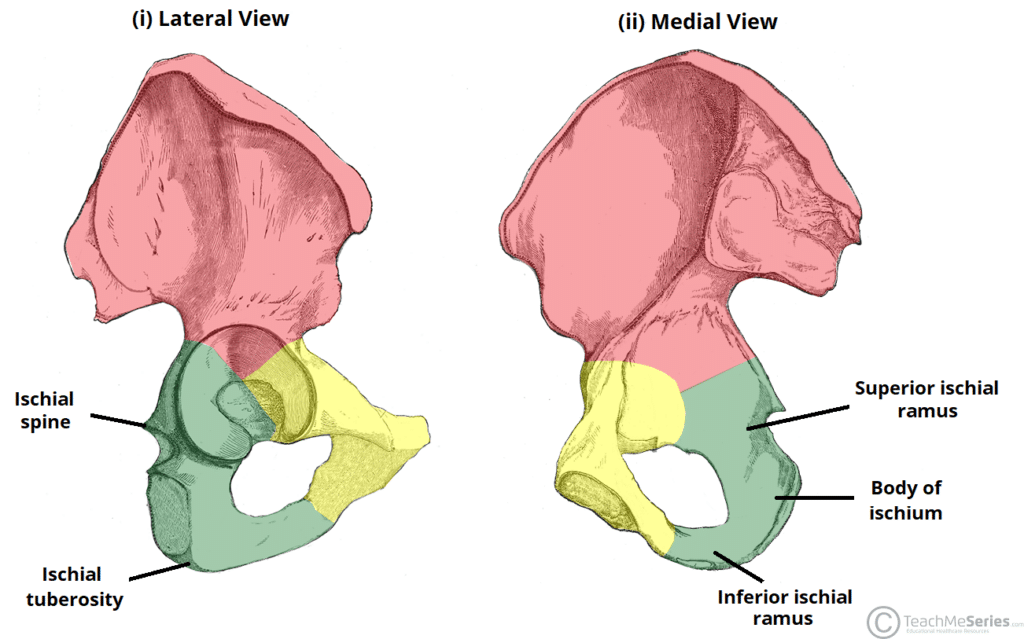





Recent Comments